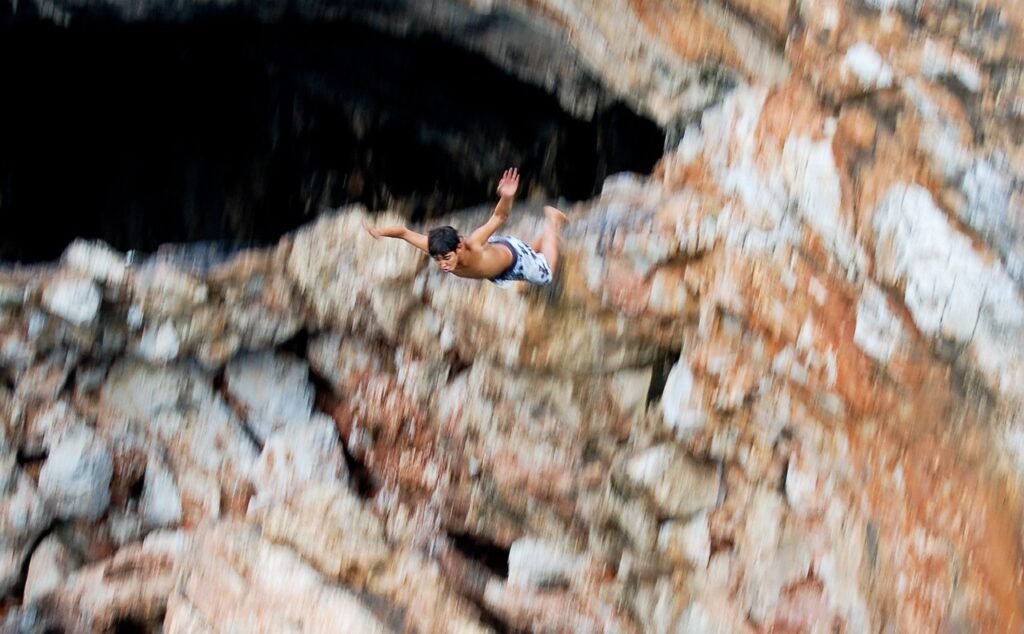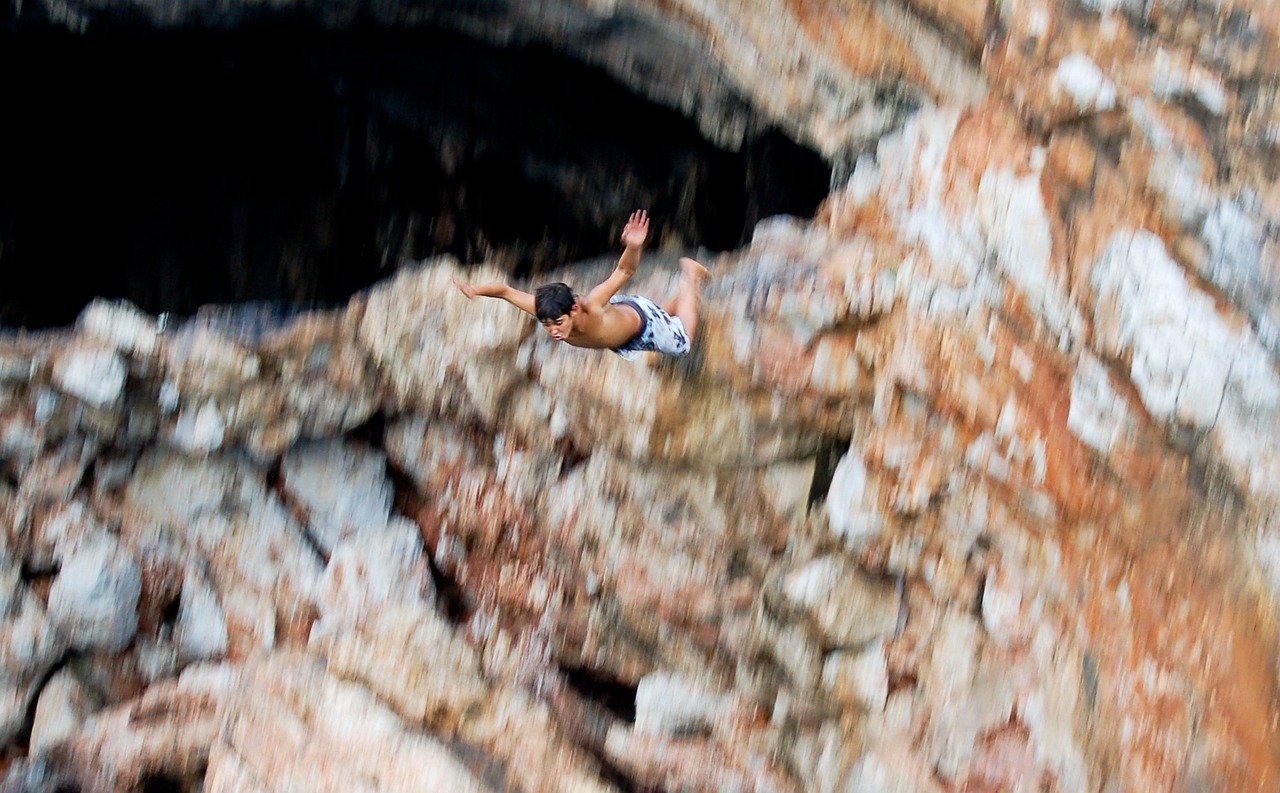Do you ever wonder how a simple plunge into ice-cold water can impact your body, particularly your heart? You’ve probably heard about cold plunging, especially with its rise in popularity among wellness enthusiasts. But how does this all connect to something as intricate as heart rate variability (HRV)? Let’s break it down together.
What is Heart Rate Variability (HRV)?
Heart Rate Variability, or HRV, refers to the variation in time between each heartbeat. You might think that your heart beats at a steady pace, but in reality, it’s influenced by many factors including stress levels, breathing patterns, and overall health.
A higher HRV typically indicates a healthier autonomic nervous system and greater resilience to stress. Conversely, a lower HRV might suggest that your body is under strain. It’s like your personal indicator of stress and recovery, and understanding it can offer valuable insights into your overall well-being.
Why is HRV Important?
HRV can be a crucial marker for both mental and physical health. Studies show that higher HRV is linked to better cardiovascular health, improved emotional regulation, and a stronger immune response.
If you’re interested in optimizing your health, keeping an eye on your HRV can be a game-changer. Now, let’s tie this into something you’ve probably considered — the practice of cold plunging.
The Concept of Cold Plunging
Cold plunging, also known as cold water immersion, is simply the act of exposing your body to cold water for a brief period. Whether it’s a chilly morning swim in a natural body of water or a quick dip in an ice bath, this practice has roots in various cultures and health traditions.
The Physiological Response to Cold Exposure
When you step into cold water, your body experiences an immediate shock. Blood vessels constrict, your heart starts racing, and you may even experience a rush of adrenaline. This stressor triggers a cascade of responses in your body, engaging your sympathetic nervous system — sometimes referred to as the “fight or flight” system.
In short bursts, this can be invigorating and refreshing. However, how does it affect deeper metrics like HRV?

The Connection Between Cold Plunging and HRV
When you expose yourself to cold water, something interesting happens: your body begins to adapt. Initial shocks stimulate the sympathetic nervous system, but with regular exposure, you might start seeing changes in your HRV.
The Stress and Recovery Cycle
Your body operates on a stress-and-recovery cycle. Cold exposure serves as a stressor that, when managed properly, can lead to benefits in recovery and resilience. Just as with exercise, putting your body through this stress can train it to recover more effectively, ultimately impacting your HRV positively.
-
Acute Stress Response: When you first immerse in the cold, your heart rate increases and HRV decreases. This is your body responding to the stress, activating your sympathetic nervous system.
-
Adaptation and Resilience: Over time, with consistent cold plunging, your body adapts. Regular exposure can lead to a more balanced autonomic nervous system, potentially leading to an increase in HRV.
-
Recovery Benefits: You might find that regular cold plunging improves your recovery after workouts, helping your body bounce back and maintain a healthier HRV.
How Cold Plunging Affects HRV Over Time
Let’s break down the specific mechanisms of how cold plunging leads to changes in HRV.
Short-term Effects
In the short term, immersion in cold water leads to a drop in HRV. But don’t worry, this is completely normal. Here’s what happens during that immediate response:
-
Increased Heart Rate: Your body is reacting to a cold stimulus, causing your heart rate to elevate.
-
Decrease in HRV: The initial spike in heart rate leads to a temporary decline in HRV. Remember, this isn’t necessarily a bad thing; it’s part of the body’s natural response to stress.
Long-term Adaptation
When you incorporate cold plunging into your routine regularly, your body starts to adapt. Here’s how that plays out:
-
Improved Autonomic Balance: As you continue with your cold plunging regimen, your body might become more adept at managing the shock of cold exposure. This improved balance can shift the dynamics between your sympathetic and parasympathetic systems.
-
Increased HRV: Over weeks and months, many individuals report an increase in HRV. This is a sign of a healthier response to stressors and improved recovery capabilities.
Longevity and HRV
Sustained cold exposure may not just improve your HRV temporarily; it could lead to long-term health benefits such as enhanced recovery, reduced inflammation, and even longevity.
Emerging research suggests that routinely engaging in cold plunging can contribute to a healthier heart over time. It’s like giving your cardiovascular system a mini workout.

Individual Differences in HRV Response
As with any wellness practice, it’s important to recognize that everyone’s response to cold plunging will be unique. Factors such as age, fitness level, and baseline health can influence how your HRV reacts to cold exposure.
Consider Your Starting Point
If you’ve spent years in the sauna rather than the icy waters, your body might react more dramatically to cold plunging. Conversely, if you’re already accustomed to cold showers or ice baths, you may experience a more gradual improvement in HRV.
Biofeedback and Monitoring
If you’re interested in tracking your HRV performance, consider using wearable technology. Devices like heart rate monitors can provide real-time feedback, allowing you to see how cold plunging influences your heart rate and overall recovery.
Practical Tips for Cold Plunging
Ready to try cold plunging for yourself? Here are some practical steps to get started safely.
Start Slow
If you’re new to cold plunging, ease into it. You don’t need to jump into an ice bath right away. Start with cold showers or dip your toes in progressively colder water. Allow your body to adjust naturally.
Focus on Breathing
Your breath can play a significant role in managing the stress from cold exposure. Practicing controlled breathing techniques can help you stay calm and focus during your time in the cold.
- Deep Breathing: Inhale deeply through your nose, hold for a few seconds, and exhale through your mouth. This can help you maintain a steady heart rate.
Duration Matters
How long should you stay in the cold water? For beginners, even 30 seconds to a minute can be beneficial. As your body adapts, you may gradually increase your exposure time.
Mix It Up with Heat
To find a balance, you might also consider alternating between cold plunging and heat exposure. This contrast can offer additional benefits for your cardiovascular system and HRV.

Monitoring Your Progress
As you begin cold plunging, consider keeping a journal or using an app to track your HRV over time. Noting how you feel before and after each plunge can also provide valuable insight into how this practice affects your body.
Look for Patterns
Pay attention to your HRV in relation to your cold plunging routine. Do you notice that your HRV improves after certain sessions? Are there particular conditions or durations that make a difference?
This kind of observation can help you fine-tune your practice and maximize the benefits.
Consult a Professional
If you’re serious about monitoring your HRV and making significant changes to your wellness routine, consulting with a health professional can offer additional insights. They may guide you towards specific objectives based on your individual health needs.
Potential Risks and Considerations
While cold plunging has many benefits, it’s also essential to be mindful of the potential risks involved. Cold exposure isn’t for everyone, and there are a few factors to consider.
Heart Conditions
If you have existing heart issues, consult your doctor before embarking on a cold plunging regimen. Cold exposure can elevate heart rate and disrupt blood circulation, which may pose risks for those with specific conditions.
Hypothermia Risk
It’s crucial to be aware of hypothermia. If at any point you feel excessively cold, dizzy, or unwell, it’s important to get out of the water and warm up immediately. Knowing your limits is key to enjoying the practice safely.
Individual Tolerance Levels
Every person’s body responds differently to cold temperatures. What feels invigorating to one individual may be unbearable to another. Always respect your own comfort level and adjust your practices accordingly.

The Bottom Line: Is Cold Plunging Right for You?
Cold plunging has captured the attention of health enthusiasts for good reason. The potential benefits for HRV and overall wellbeing are compelling.
However, as with any wellness strategy, it’s vital to consider your individual health context and to approach cold plunging thoughtfully. Whether you’re hoping to boost recovery, reduce inflammation, or simply dive into a new wellness trend, understanding the connection between cold exposure and HRV can enhance your experience.
Take your time, listen to your body, and get ready to plunge into a new journey toward better heart health!

